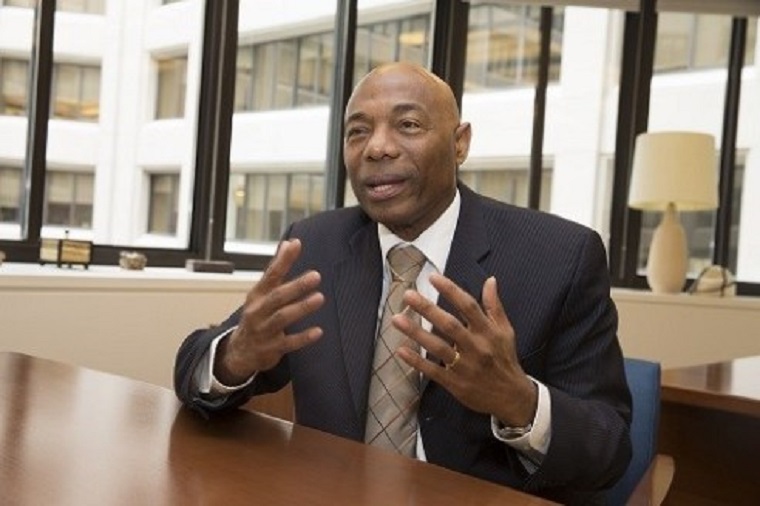 Foreign loans that use minerals as collateral may complicate Zimbabwe’s future negotiations with foreign creditors to restructure its $8.8 billion debt, an International Monetary Fund official said today.
Foreign loans that use minerals as collateral may complicate Zimbabwe’s future negotiations with foreign creditors to restructure its $8.8 billion debt, an International Monetary Fund official said today.
Unable to get funding from lenders like the IMF since defaulting on its debt in 1999, Zimbabwe has over the last five years relied on the African Export and Import Bank (Afreximbank) for mineral-backed loans. But the country still faces a dollar crunch that has led to shortages of fuel and medicines.
Zimbabwe remains in debt distress, said Gene Leon, the IMF mission chief to Zimbabwe. Its $2.6 billion arrears to the World Bank, African Development Bank and European Investment Bank prevent access to new funds from multilateral lenders.
“In this context, the government has contracted external loans on commercial terms that are collateralized by mineral exports,” Leon said.
“While these loans can help the authorities in responding to the economic and humanitarian crisis that is unfolding, they may also complicate future negotiations with external creditors to restore debt sustainability.”
Leon said Zimbabwe’s projections of economic growth would probably be revised in the short term because of drought and a cyclone that battered the eastern regions. The IMF forecasts the economy will shrink by 2.1 percent this year.
President Emmerson Mnangagwa, who came to power after a coup toppled Robert Mugabe in November 2017, has made clearing foreign arrears a top priority. His government has agreed an IMF staff programme it hopes will help pay off multilateral lenders and Paris Club creditors next year.
The central bank, which has previously said it borrowed $985 million from African lenders last year, said on May 19 it had secured $500 million from unnamed international banks. Treasury officials said the money was from Afreximbank.
That loan included $100 million bridging finance in February, two treasury sources said, adding that some of the money was used to buy fuel and make “token” payments to South Africa and Mozambique for past electricity imports.
Gene said that implementing fiscal and monetary policy reforms, including the removal of exchange restrictions to stabilise the exchange rate and inflation, would be hard without external funding and after a severe drought.
At 75.86% in April, Zimbabwe’s inflation is still nowhere near the 500 billion% reached during the hyperinflation era of 2008. But the consumer price index is at its highest in a decade and eroding incomes and savings.
Zimbabwe increased the price of fuel by nearly half last month, the second increase since January, angering citizens battling with soaring prices of basic goods.
As inflation soars, the new RTGS dollar that was introduced in February continues to weaken. The currency was trading at 8 to the dollar on the black market compared with 5.52 on the official interbank market.
The local currency has now depreciated by 91% on the black market and 121% on the official market since its introduction.- TR
(133 VIEWS)


